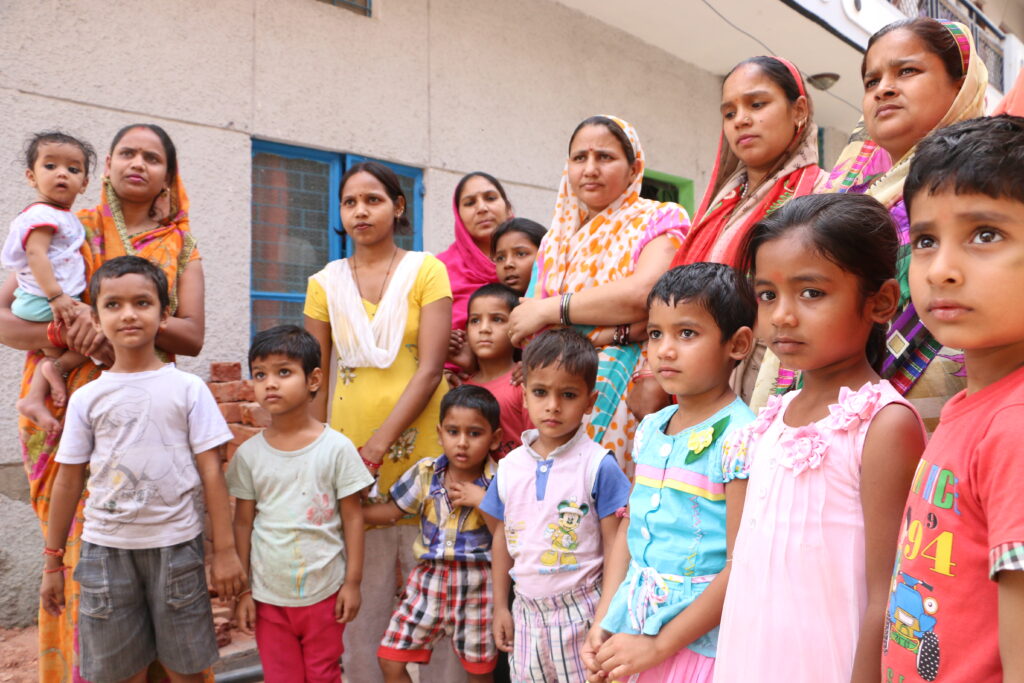The role of mothers is well captured in the movie “My Big Fat Greek Wedding” when Toula’s mother said “the man is the head, but the woman is the neck, and she can turn the head any way she wants.” That pretty much sums up the role of mothers in life!
On farms, mothers play the important role of deciding what is planted as food for the child, and how food is distributed among family members. The mother will decide what foods to purchase in the market, constrained by family income and food prices. Her decision will be based on what will make her family healthy. It is the mothers who are most interested in the nutrition of their children.
HarvestPlus acknowledges mothers as their most important partners in making sure that biofortified crops are being planted in the fields, and are consumed as food. Mothers feel empowered when adopting biofortified foods because they have better control over nutrition of their children, as well as their own nutrition, which in turn will also eventually benefit their unborn children.
On farms, mothers play the important role of deciding what is planted as food for the child, and how food is distributed among family members.
Howarth Bouis
In our pilot studies of disseminating orange sweet potato in Uganda and Mozambique, the first biofortified crop to be released, we noted that mothers were very much involved in the decision to replace growing white sweet potato with orange sweet potato and in making sure that the orange sweet potato was included in family meals. Vitamin A intakes increased by as much as 100 percent. This information has helped us to shape our strategies and programs now for delivery of additional biofortified crops.
Today, in eight target countries HarvestPlus has worked to release and scale up adoption of: vitamin A cassava in Nigeria and the Democratic Republic of Congo; iron beans in Rwanda and the Democratic Republic of Congo; vitamin A maize in Zambia, vitamin A sweet potato and iron beans in Uganda, zinc wheat in India and Pakistan, iron pearl millet in India, and zinc rice in Bangladesh.
Biofortified crops have been released in 30 countries while multi-location testing is being conducted in another 25 countries. This includes more nutritious varieties of cassava, maize, and sweet potato, which are being adopted by farmers in 10 countries in Latin America. By the end of 2016, HarvestPlus estimates that 20 million people will be consuming biofortified crops, and our goal is to reach 100 million by the end of 2020.
Women farmers and their families now have the opportunity to have a better diet with biofortified nutritious crops. Our studies have shown, for example, that adoption of orange sweet potato in Mozambique reduced the duration and prevalence of diarrhea among children.
Biofortified crops are spreading all over the world and we look forward to seeing its impact on farmers’ productivity, nutrition, and health. With their growing popularity and adoption, biofortified crops have the potential to become an important intervention against hunger and malnutrition alongside vitamin supplementation and food fortification.
As HarvestPlus moves forward with the delivery of more nutritious staple crop varieties, mothers will continue to be the driving force behind biofortified crops and its adoption. After all, mothers know what’s best for their children.
In the video below, HarvestPlus Director Howarth Bouis explains the importance of mothers in the adoption of biofortified crops for improved nutrition in their families and communities:
